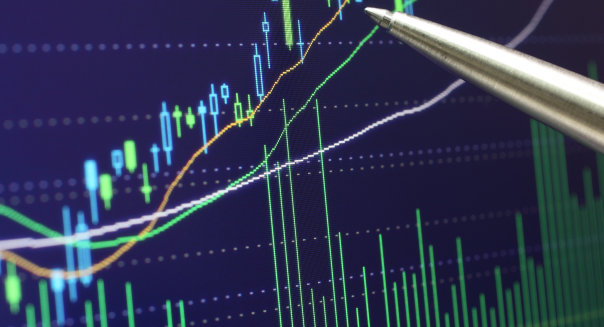
An advertisement from Fidelity that appeared in the Jan. 26 issue of The New Yorker caught my attention. It stated: “Since its inception in 1989, the Fidelity Low-Priced Stock Fund (FLPSX), managed by Joel Tillinghast, has outperformed its Russell 2000 (^RUT) benchmark by 4.66 percent on an average annualized basis. What can other investors learn from the fund’s performance? That active management can be a powerful strategy over the long run.”
Is this the real lesson investors should learn from the 25-year outperformance of this fund? I don’t think so. Here’s why:
The Performance of the Fund Is Impressive
Over the past five, 10 and 15 years, and since 1990, the fund outperformed both the Russell 2000 and the Russell 2000 Value Index. It did so with less volatility than the indexes in each period.
Does this impressive performance mean that Tillinghast has the “secret sauce” that will permit him to continue to “beat the market”?
Past Performance Is Not Predictive
A basic principle of finance is that you can’t buy yesterday’s returns. The Fidelity Low-Priced Stock Fund has more than 25 percent of its assets concentrated in 10 stocks. It’s anyone’s guess whether those stock picks will turn out to be winners or losers. The fund does have some cushion because it is currently holding about 10 percent of its assets in cash and has low turnover of about 12 percent year.
On balance, whether or not its outperformance will continue is a crapshoot.
A Long Track Record Is Not Enough
In their book, “The Incredible Shrinking Alpha,” my colleague Larry Swedroe and Andrew Berkin, who has a doctorate in physics, note that, given the large number of active managers trying to beat the market, the odds are that some will randomly outperform, even over long time frames. They illustrate their point by examining the long-term outperformance of The 44 Wall Street Fund, The Lindner Large-Cap Fund, the Legg Mason Value Trust Fund and The Tiger Fund.
Each fund had more than a decade of significant outperformance (10, 11, 15 and 18 years, respectively), followed by a period of dramatic underperformance. The lesson for investors could not be more clear: Relying on past performance of active fund managers (even long-term outperformance) is risky business.
Look at Portfolios, Not Individual Funds
Most investors are concerned about the performance of their portfolios, not just the returns of individual funds. A 2013 study by Richard Ferri and Alex Benke compared the performance of a diversified portfolio of index funds to a diversified portfolio of actively managed funds representing the same asset classes.
The conclusion of the study was that when index funds covering all the major stock and bond asset classes were put together a portfolio, the probability of that portfolio outperforming a portfolio of comparable actively managed funds increased to more than 80 percent.
When the time horizon increased from five years to 15 years, the probability of outperformance by the all-index fund portfolio increased even more.
One author of the study concluded: “In the long term, an all-index fund portfolio all the time really has the highest probability of getting people to their financial goals.”
The Takeaway
You would be wise to heed this admonition from Swedroe and Berkin: “Active management is the triumph of hype, hope and marketing over wisdom and experience. Choosing passively managed funds to implement your investment plan is the winning strategy, and the one most likely to allow you to achieve your goals.”
Don’t be distracted by outperformance of the minority of actively managed funds who “beat the market.” Past performance — even over long periods of time — is unlikely to persist.
•These French Investors Are Guaranteed to Make Money
•How to Think Like Buffett and Build Your Fortune
•Stock Picking Is for Fools (and You’re the Punchline)


Leave a Reply